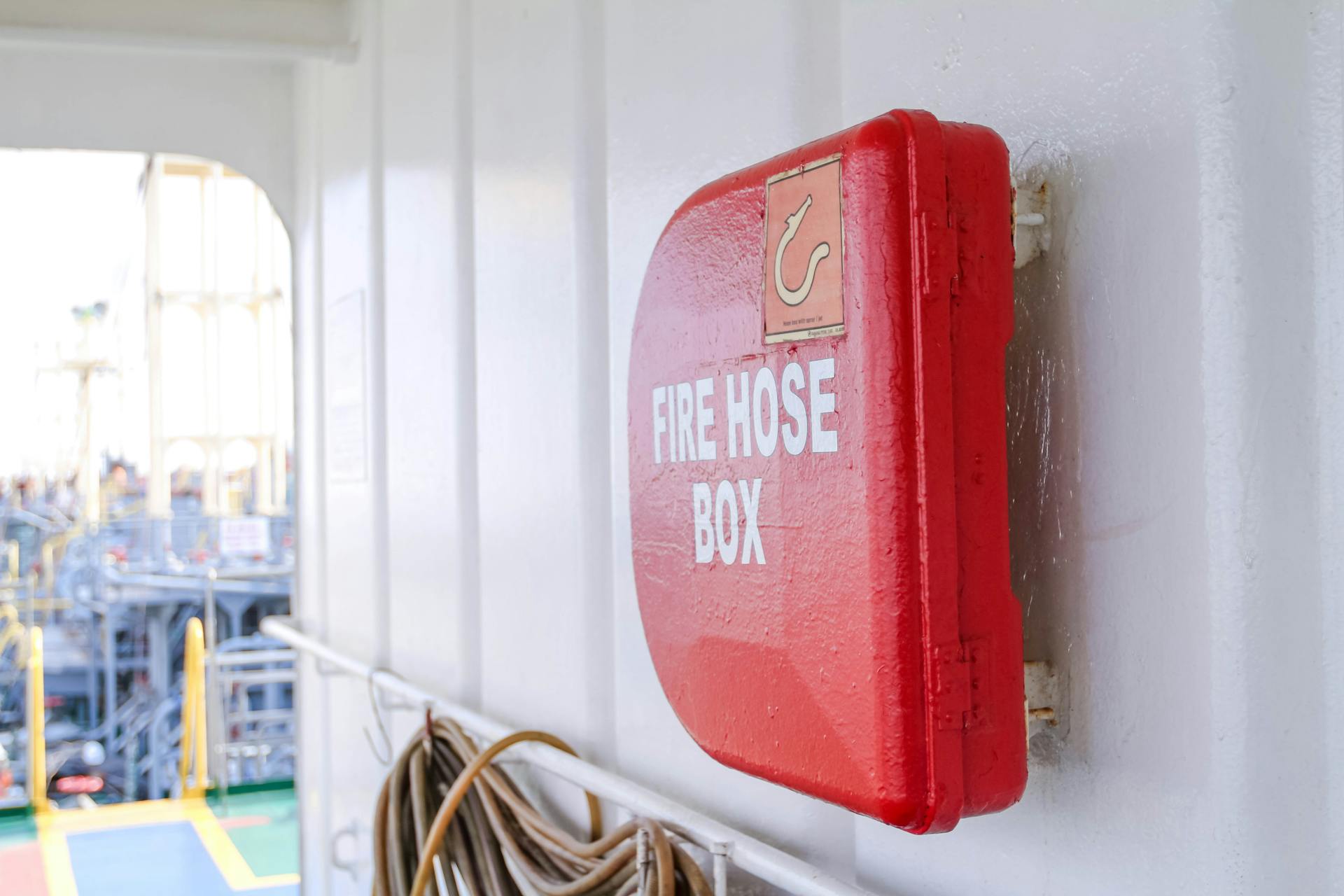Essential Components of a Comprehensive Fire Safety Plan for Businesses
- 02 Jan 2025
- Articles
Developing a comprehensive fire safety plan is crucial for businesses of all sizes. Such a plan not only safeguards personnel but also protects assets and maintains operational continuity in case of a fire emergency. With the potential for devastating consequences from fire incidents, it’s imperative that businesses understand the essential components needed to create an effective fire safety strategy.

Photo by Piotr Chrobot on Unsplash
Understanding Fire Risks
Before establishing a fire safety plan, it’s necessary to understand the specific risks that a business faces. Different environments pose varying levels of fire hazards, from manufacturing plants with flammable materials to offices with electronic equipment. Conducting a thorough risk assessment enables businesses to identify potential sources of ignition, combustible materials, and overall vulnerabilities within the workplace.
This assessment should be continuous, requiring regular reviews and updates as the business evolves, which can include changes in processes or additions of new equipment.
Prevention Strategies
After identifying risks, the next step involves implementing prevention strategies. This includes the installation of fire protection systems, which play a vital role in reducing the risk of fires occurring in the first place. These systems can range from smoke detectors and alarms to fire suppression systems specifically designed to contain or extinguish fires quickly.
Staff training is another essential aspect of prevention. Employees should be educated on fire hazards, evacuation procedures, and the proper use of firefighting equipment. Regular fire drills can ensure that all team members know how to respond effectively during an emergency, minimizing chaos in a critical situation.
Developing an Evacuation Plan
Every fire safety plan must have a clear evacuation strategy. A well-structured evacuation plan outlines escape routes, emergency exits, and assembly points, ensuring that all employees understand where to go and how to get there safely. Visual aids like maps indicating evacuation paths should be posted throughout the workplace, making critical information accessible at a glance. Training employees to familiarize themselves with these routes is vital. Conducting regular drills reinforces these procedures, helping everyone respond instinctively during a real fire event.
Emergency Response Protocols
A comprehensive fire safety plan should include specific emergency response protocols. This involves assigning roles to employees, such as fire wardens who can lead evacuations and ensure no one is left behind. Having a plan in place for promptly notifying emergency services is crucial, as delays can exacerbate a fire’s impact.
Documentation of all safety procedures and emergency contacts should be easily accessible. Keeping a record of equipment maintenance, training schedules, and risk assessments helps ensure ongoing compliance with safety regulations.
Regular Training and Drills
Training should not be a one-time event; it must be an ongoing process. Regularly scheduled drills and training sessions ensure that employees remain aware of their responsibilities and procedures. Reviewing and updating safety plans based on drill critiques can improve response times and processes when evoking actual emergencies. Continuous education can include workshops led by fire safety professionals who provide insight and updates regarding current best practices. This commitment fosters a culture of safety within the organization, making it a priority for all employees.
Collaboration with Fire Safety Experts
Businesses can greatly benefit from collaborating with fire safety experts. Engaging professionals allows businesses to stay abreast of industry standards and regulations, ensuring compliance with local fire codes. Experts can conduct audits, provide training courses, and recommend necessary equipment to enhance fire safety.
Building relationships with local fire departments also adds value. They can provide resources, conduct inspections, and aid in designing effective evacuation plans tailored to the specific layout of the business premises.

Photo by Pew Nguyen
A comprehensive fire safety plan is integral to protecting businesses, employees, and assets. By understanding fire risks, implementing prevention strategies, developing evacuation protocols, and focusing on continuous improvement, businesses can create a robust framework for managing fire safety. Prioritizing these components not only meets regulatory requirements but also cultivates a secure environment for all involved.








